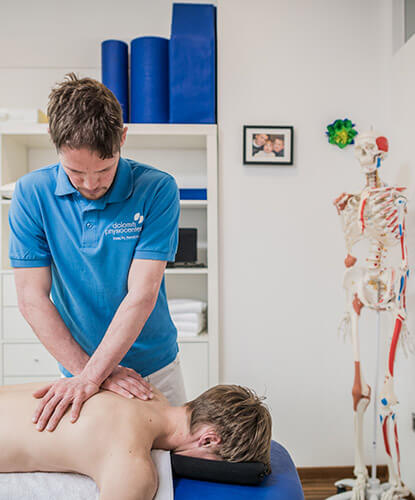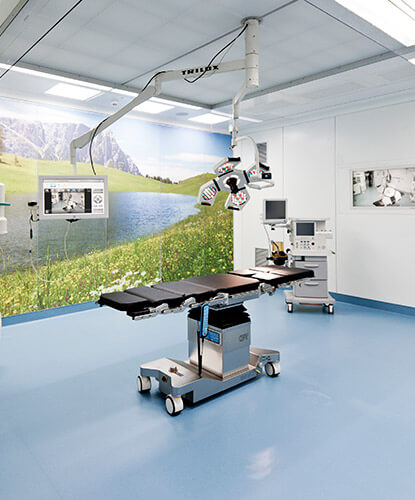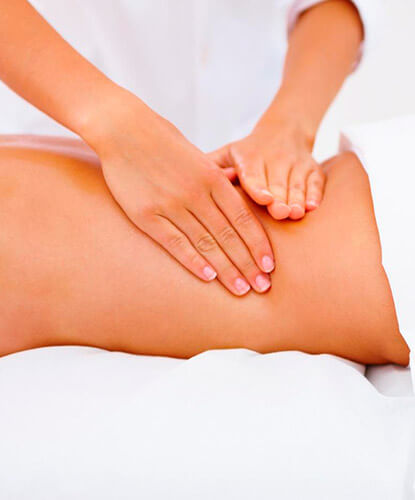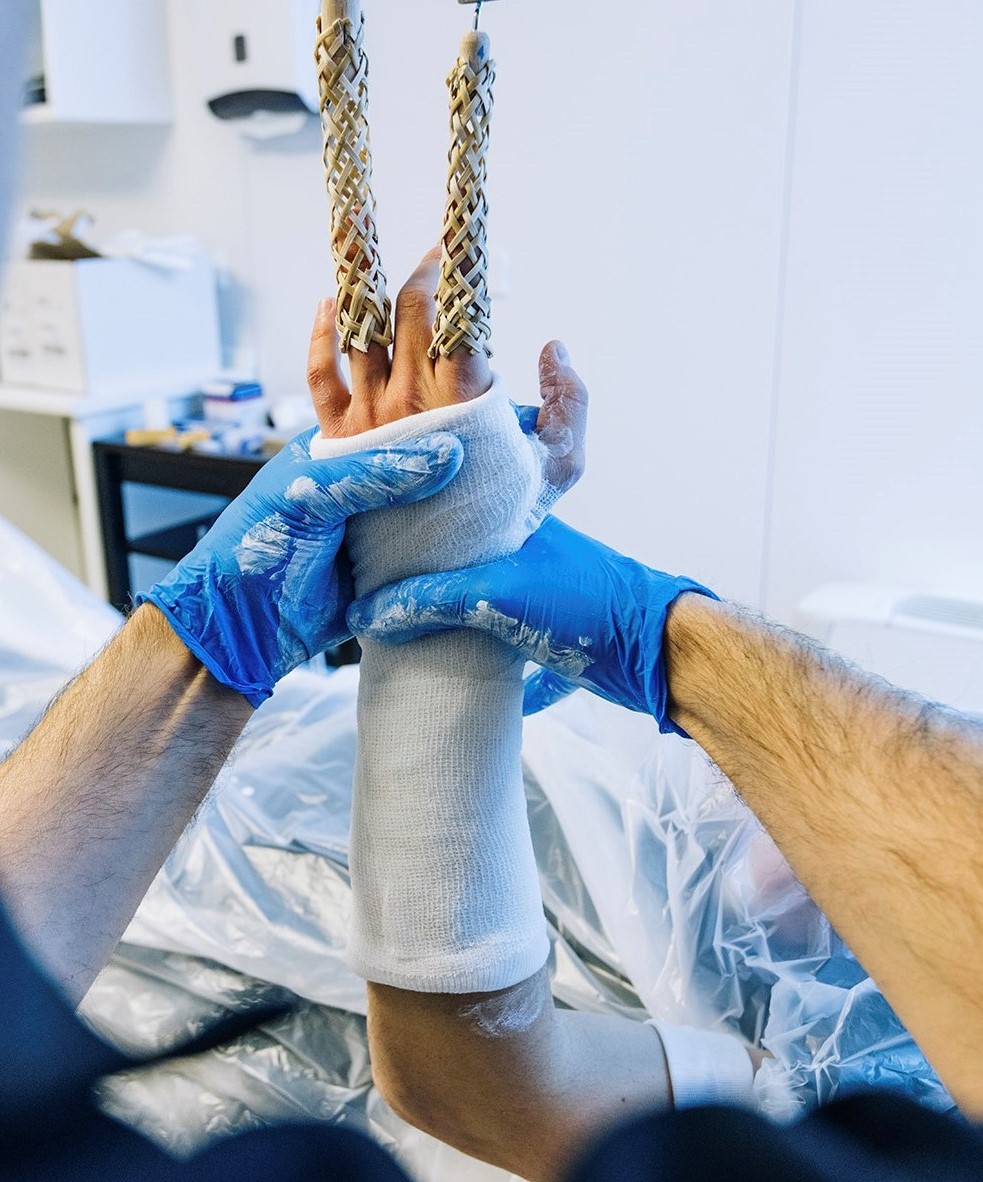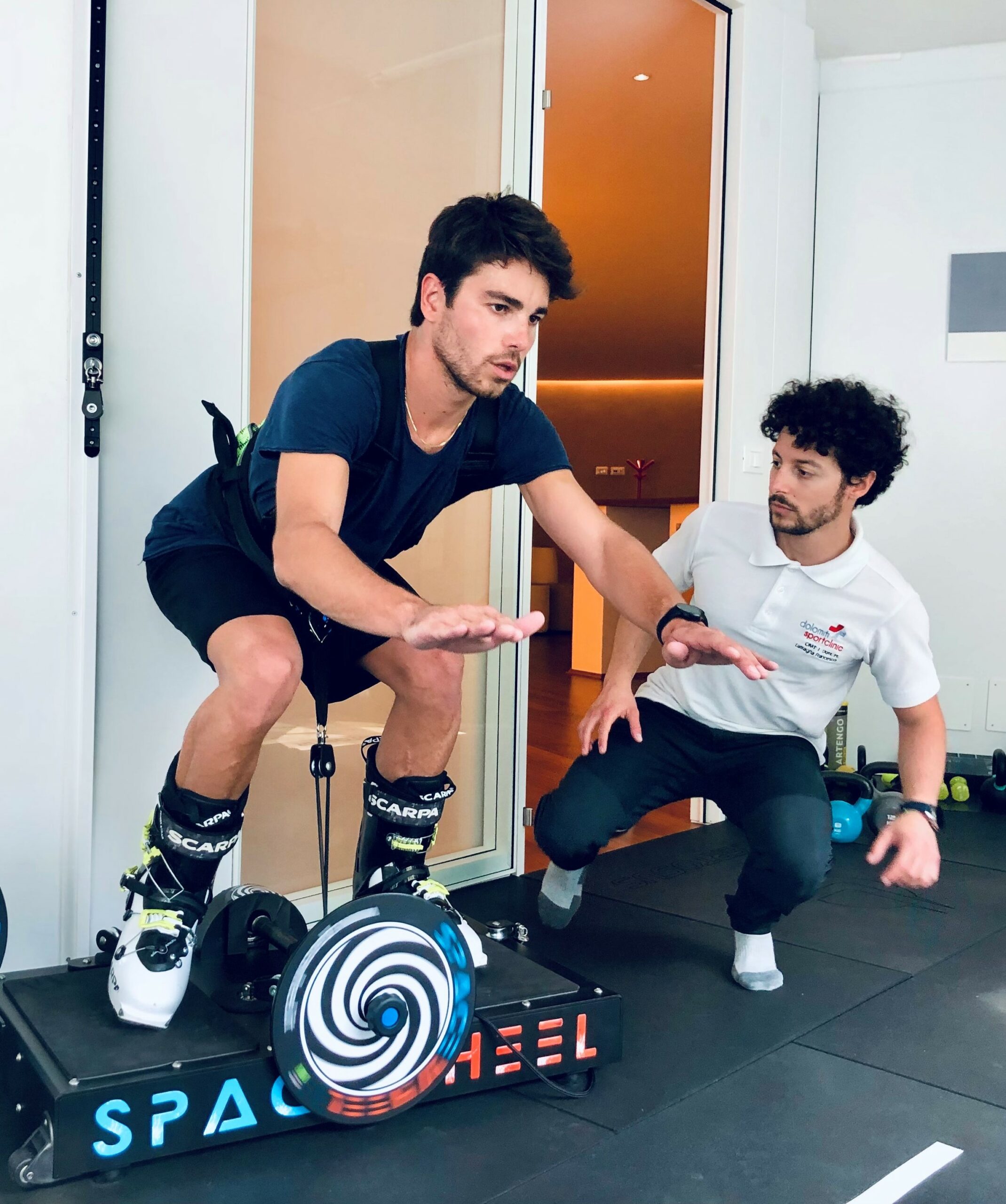Trauma and orthopedic surgery
The surgeries of the Dolomiti Sportclinic range from corrective surgery and bone fracture treatment through arthroscopic joint surgery to the implantation of prostheses and spinal surgery.
There are two fully integrated surgery rooms equipped to the highest medical standards.
The modernly equipped ward with 10 double rooms is tailored to the personal needs of our patients; large, bright rooms, WIFI and TV connection, along with peace, care and equally professionalism of the nursing staff guarantee a patient-friendly ambience.
The operative spectrum covers the following treatments:
Correction of axial deformities
Especially in the lower extremities, an injury of ligaments and joints leads to excessive loads with uneven cartilage consumption and eventually to a deformity (bow legs or knock-knee deformity). A defective position of the axis should be identified as soon as possible and treated to prevent further damage and premature wear of the joint with development of osteoarthritis. The treatment plan is based on radiographs and magnetic resonance, and is oriented towards the present axis deviation and existing joint damage.
Arthrodesis
If an uncontrollable ligamentous instability or badly damaged joint bones are present (after repeated exchange of artificial joints), or there is simply no well-functioning artificial joint for a particular joint (e.g. subtalar, thumb joint of the hand, etc.), a nearly normal joint shape and functioning can be restored by a so-called arthrodesis or joint fusion.
Arthroscopy
The greatest progress in orthopedics and traumatology in the last 30-40 years has been the lower invasiveness during surgeries to the joints through the arthroscopic technique. With a few small stitches a torn cruciate ligament can be reconstructed and a torn capsule or belt reattached in case of shoulder dislocations. Smaller wounds mean less pain and a faster recovery, so that the patient can quickly return to his normal life. The so-called arthroscopic technique is already the “golden standard” in many surgeries.
Endoprothesis
If the joint degeneration due to overloading, injury or joint inflammation is so far advanced that a painless movement is no longer possible, an artificial joint can contribute significantly to a good degree of pain relief and restored function. Nowadays, it can be expected that artificial knee- and hip prostheses have a lifetime of up to 15-20 years.
Cartilage therapy
The so-called chondromalacia is a cartilage damage caused either by overload or due to appropriate disposition. The treatment depends on the type and stage of injury, ranging from smoothing unevenness to abrasion-arthroplasty and transplantation of autologous cartilage-bone cylinders with so-called scaffolds and autologous cartilage cells.
Note that in the upper extremities have a different load demand compared to lower extremities and that therefore, partially different treatment strategies may be applied.

